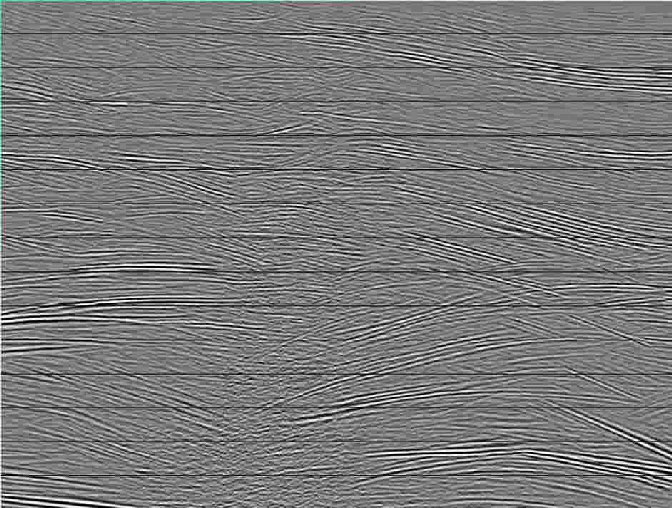The Common Reflection Surface (CRS) Stack increases the resolution in time and depth domain. In numerous of TEEC's processing projects, the CRS method has rendered superior time images with respect to the conventional NMO/DMO processing. The increased resolution has frequently allowed a significant refinement of the geological interpretation. As a consequence, the CRS technique has been incorporated as a standard tool into TEEC's time and depth processing sequence.
The CRS Method The Common Reflection Surface (CRS) Stack increases the resolution in time and depth domain. In numerous of TEEC's processing projects, the CRS method has rendered superior time images with respect to the conventional NMO/DMO processing. The increased resolution has frequently allowed a significant refinement of the geological interpretation. As a consequence, the CRS technique has been incorporated as a standard tool into TEEC's time and depth processing sequence. For a short description of the CRS method, click here or, look at CRS Processing at TEEC – A Short Summary. The seismic land data in the figures below exhibits a very high noise level in the conventional NMO/DMO stack (left). The CRS stack (right) exhibits a much higher resolution. Due to the high stacking fold, the signal-to-noise ratio and the reflector continuity were strongly enhanced. Dipping reflections in the center of the displays were hardly visible in the NMO/DMO stack. They are especially amplified by the CRS stacking technique.

